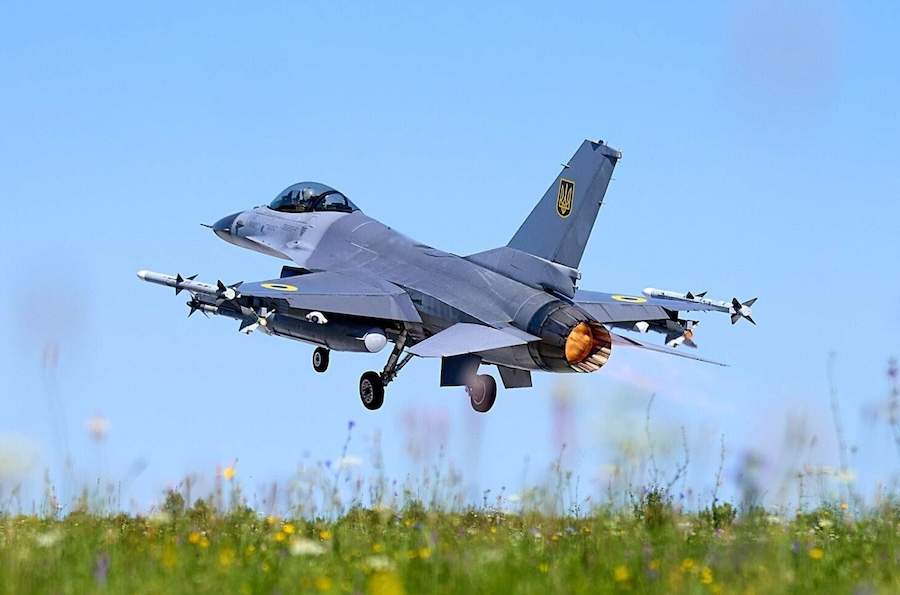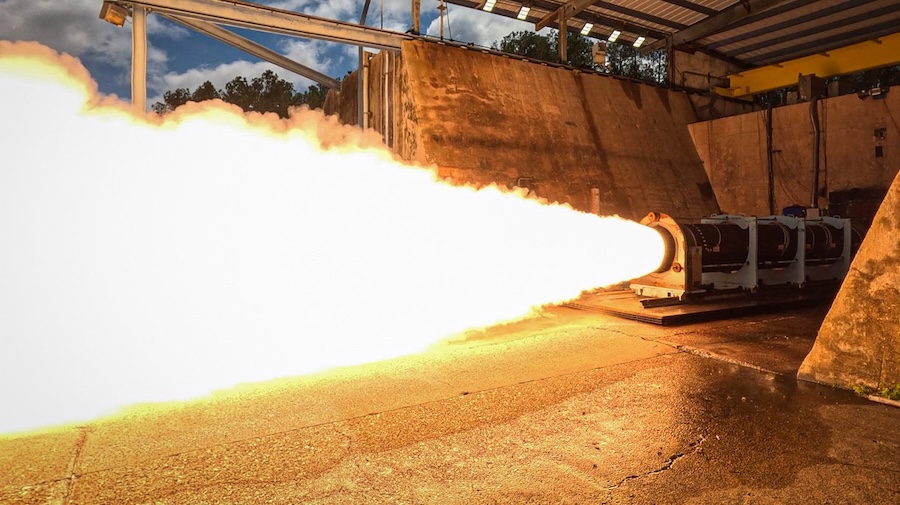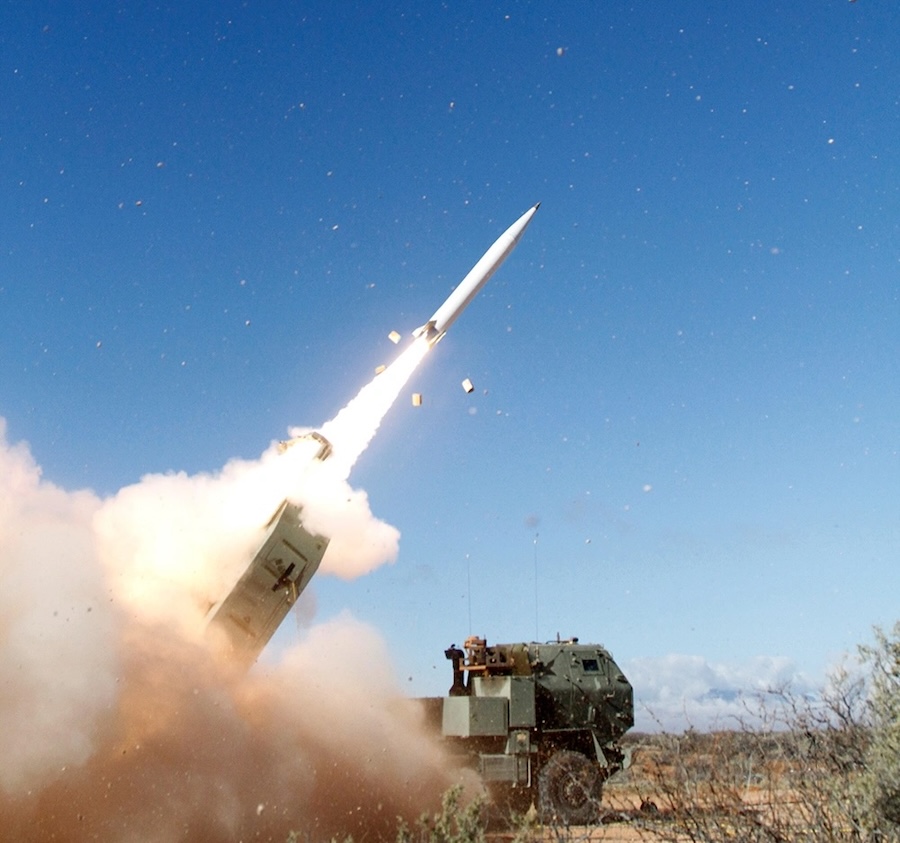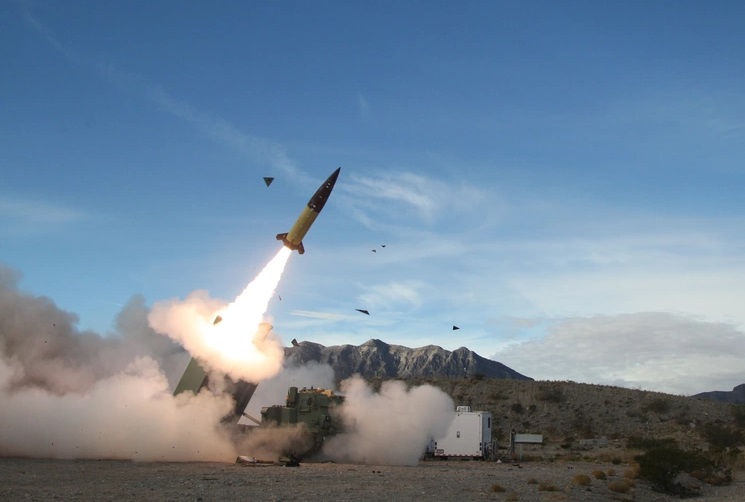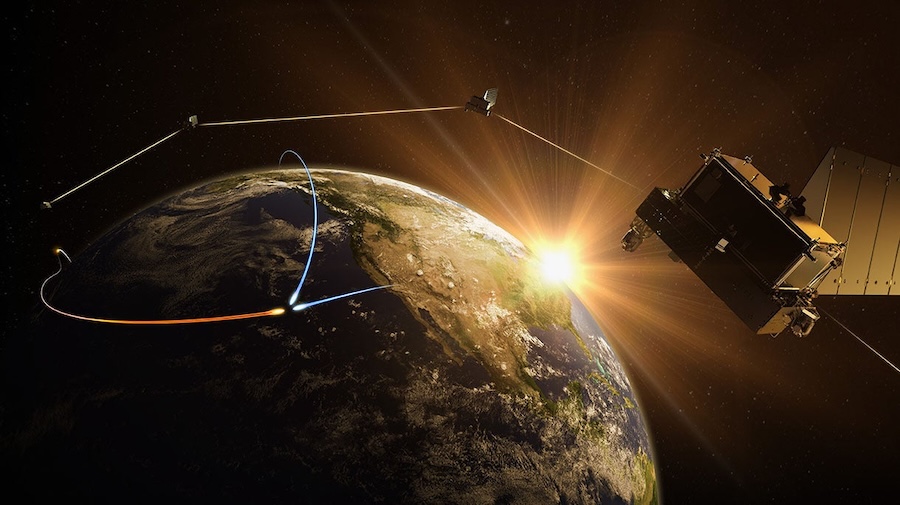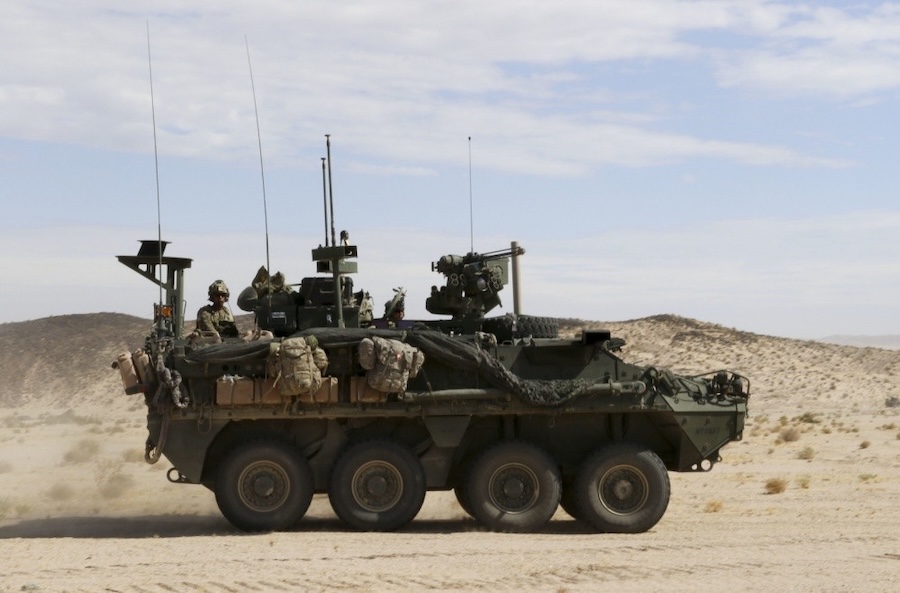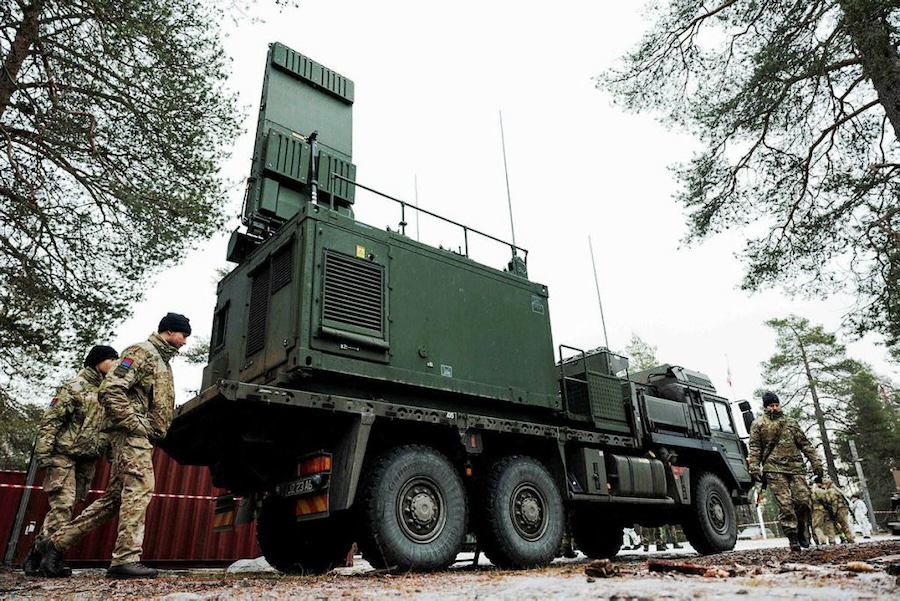The executive order mandates the creation of a missile defence shield to protect U.S. citizens and infrastructure from foreign aerial attacks and ensure second-strike capability. “Golden Dome is a top priority for the nation, and [it] will include the development of cutting-edge domain awareness systems, kinetic and non-kinetic missile defeat capabilities and advanced command, control and battle management systems to integrate and augment existing U.S. missile defense capabilities,” said Andrea Yaffe, performing the duties of the assistant secretary of defense for space policy.
Yaffe added that the executive order highlights the urgency of the initiative. She stated, “The threat of attack by ballistic, hypersonic and cruise missiles, and other advanced aerial attacks remains the most catastrophic threat facing the United States.”
Regarding her office’s role in the programme, Yaffe said it will lead a missile defence review and evaluate broader strategic requirements once the system architecture is finalised. Other panel members—senior generals from the Air Force and space-related commands—also described how their organisations are supporting the Golden Dome initiative.
General Gregory M. Guillot, commander of U.S. Northern Command and North American Aerospace Defense Command (NORAD), said his teams have provided three distinct layers of input on detecting and defeating incoming missile threats. “Establishing a layered domain awareness network to detect and track threats approaching North America, from the seabed to space, remains our top priority because you can’t defeat what you can’t see,” Guillot told the committee.
Lieutenant General Heath A. Collins, director of the Missile Defense Agency, said the agency has been involved in building a national defence architecture for over four decades. “We’re at the core of helping support and inform [DOD] in putting together an architecture that’s comprehensive, that covers all pieces and parts, and [that can] be executed,” he said.
When asked if Golden Dome represents a new approach or a rebranding of existing systems, Yaffe explained that previous efforts were mainly focused on threats from rogue states like North Korea. “The direction [of] the Golden Dome executive order is to focus on the whole range of missile threats … from all nations, and that’s a significant shift in both policy and direction,” she said.
General Guillot concluded that the new initiative differs fundamentally from past frameworks. “I think the big difference [from the current missile defense architecture] is Golden Dome takes all of the existing requirements that we had [and] — for the first time — integrates multiple layers into one system,” he said, emphasising the unprecedented integration of components into a unified defence structure.
Source: U.S. Department of Defense.












